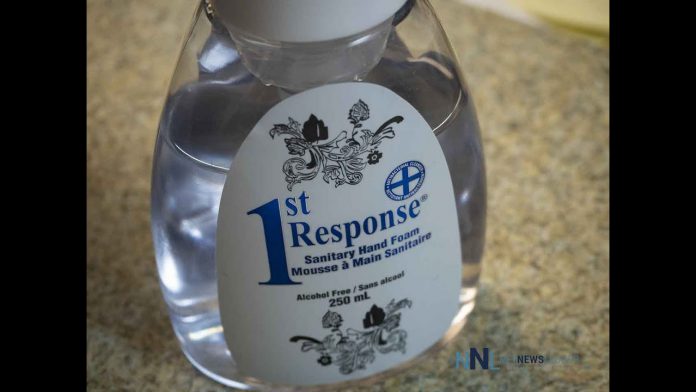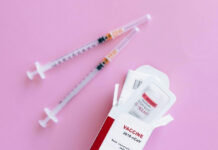Until recently, hand sanitizers have been largely overlooked and underappreciated. It took us a global pandemic to realize the dire importance of always having a hand sanitizer on hand and in general, the cruciality of hand hygiene practices. We do and touch everything with our hands. And as we have learned with this global pandemic, harmful bacteria and germs can just as easily spread from one person to another, to every part of the world in no time. Isn’t that scary? Keep reading if you want to learn how you can protect yourself from harmful and even deadly diseases just by using something as simple and affordable as a hand sanitizer.
The importance of hand hygiene
Hand hygiene is very important. Even years ago before this global outbreak, the World Health Organisation (WHO) has always stressed the importance and effectiveness of something as simple as washing your hands with soap and water or using a hand sanitizer. Our hands touch everything. Without frequently and effectively washing or sanitizing our hands, we may be unknowingly transmitting harmful germs and bacteria from surface to surface or even worse, person to person. Take the COVID-19 virus for instance, whose method of transmission is via respiratory droplets that can also survive on surfaces for up to hours. Without properly washing or sanitizing your hands, you might be unknowingly touching a contaminated surface and spreading it to yourself and others. And unfortunately, because we never realized the importance of hand hygiene before, it took us a widespread disease to serve as a rude awakening.
Proper Hand Hygiene
Wash your hands with soap and water
The best way to completely clean your hands of germs, dirt, grime, and all that nasty stuff, the classic soap and water remain the most effective. According to the CDC, this underestimated combo is most effective in removing all types of bacteria, and also everything else like dirt, grime, and even harmful chemicals. If your hands are visibly dirty, using a hand sanitizer does not get rid of the dirt, it just gets rid of the germs. To clean it completely, use a hand sanitizer and also seek out some soap and clean water at the latest availability.
How to effectively wash hands with soap and water
Firstly, wet your hands with water and then dispense enough soap to cover every inch of your hands. Then, lather up by rubbing both hands, palm to palm. Continue to lather the back of your hands, in between the fingers, and most importantly, under the nails. After this, continue scrubbing for at least 20 seconds and you can rinse them off with running water. Lastly, dry your hands with a clean towel or simply air dry them. Congratulations, you now have completely clean hands!
Hand sanitizer
According to the WHO, there are two methods to keep our hands clean and free from harmful germs. Even when our hands are not visibly dirty, it doesn’t mean they aren’t contaminated with invisible microorganisms. And this is where an alcohol hand sanitizer comes in. Hand sanitizers are designed to be compact and convenient to carry around so that you can easily and frequently sanitize your hands. They are also great when you are on the go and do not have access to soap and clean water. To illustrate its effectiveness, hand sanitizers are now used in our fight against the spread of disease. Using a hand sanitizer is not only fast and effective, but our hands also tolerate it better than over-washing with soap and water.
Finding the most effective hand sanitizer
The CDC recommends using a hand sanitizer that has at least 60% alcohol. There are also studies that support alcohol sanitizers between the range of 60 to 95% are the most effective in cleaning your hands of harmful germs. If you use a non-alcohol based sanitizer or anything less than the recommended alcohol concentration, you might just reduce the number of germs instead of cleaning your hands completely. Thus, you are still prone to pass them on to cause harm to yourself and others.
How to use a hand sanitizer effectively
To use a hand sanitizer, apply about a thumbnail size of product onto the palm of one hand and begin rubbing all over the other hand and vice versa. Then continue rubbing and remember to spread to other places like the back of both hands, between the fingers and also in between the fingernails until the product is dry. For maximum effectiveness, you should still wash your hands with soap and water at the next available chance.
Besides keeping your hands clean, carrying a hand sanitizer when you’re on the go can also help you sanitize other surfaces. For example, you can use it to wipe your phone screen and let it shine. Of course, you are also cleaning these surfaces from harmful germs. Now more than ever, you should take care of your personal hygiene as we know diseases can spread rapidly through simple contact. If you care about your safety as well as those around you, carry a hand sanitizer at all times. It can literally save lives.








